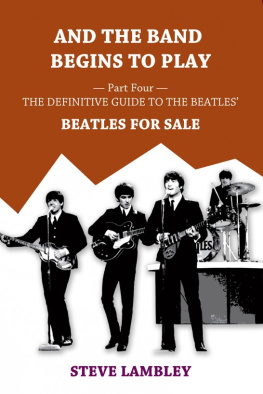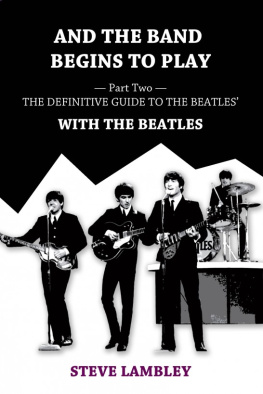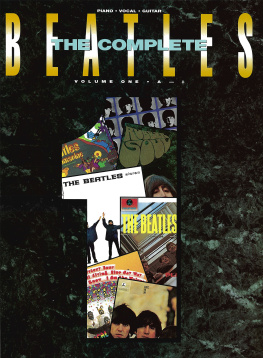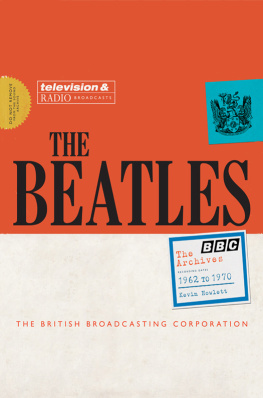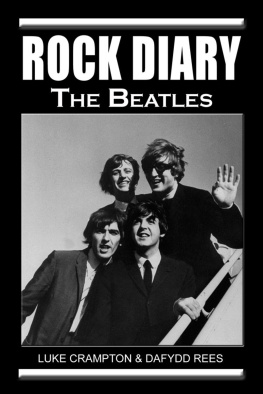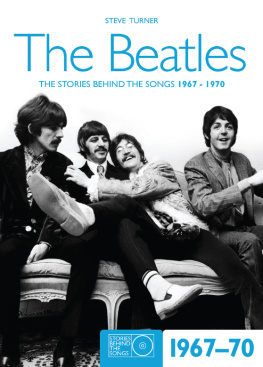Barry Miles - The Beatles Diary Volume 2: After The Break-Up 1970-2001
Here you can read online Barry Miles - The Beatles Diary Volume 2: After The Break-Up 1970-2001 full text of the book (entire story) in english for free. Download pdf and epub, get meaning, cover and reviews about this ebook. year: 2001, publisher: Music Sales Limited, genre: Detective and thriller. Description of the work, (preface) as well as reviews are available. Best literature library LitArk.com created for fans of good reading and offers a wide selection of genres:
Romance novel
Science fiction
Adventure
Detective
Science
History
Home and family
Prose
Art
Politics
Computer
Non-fiction
Religion
Business
Children
Humor
Choose a favorite category and find really read worthwhile books. Enjoy immersion in the world of imagination, feel the emotions of the characters or learn something new for yourself, make an fascinating discovery.

- Book:The Beatles Diary Volume 2: After The Break-Up 1970-2001
- Author:
- Publisher:Music Sales Limited
- Genre:
- Year:2001
- Rating:4 / 5
- Favourites:Add to favourites
- Your mark:
- 80
- 1
- 2
- 3
- 4
- 5
The Beatles Diary Volume 2: After The Break-Up 1970-2001: summary, description and annotation
We offer to read an annotation, description, summary or preface (depends on what the author of the book "The Beatles Diary Volume 2: After The Break-Up 1970-2001" wrote himself). If you haven't found the necessary information about the book — write in the comments, we will try to find it.
The Beatles Diary Volume 2: After The Break-Up 1970-2001 — read online for free the complete book (whole text) full work
Below is the text of the book, divided by pages. System saving the place of the last page read, allows you to conveniently read the book "The Beatles Diary Volume 2: After The Break-Up 1970-2001" online for free, without having to search again every time where you left off. Put a bookmark, and you can go to the page where you finished reading at any time.
Font size:
Interval:
Bookmark:
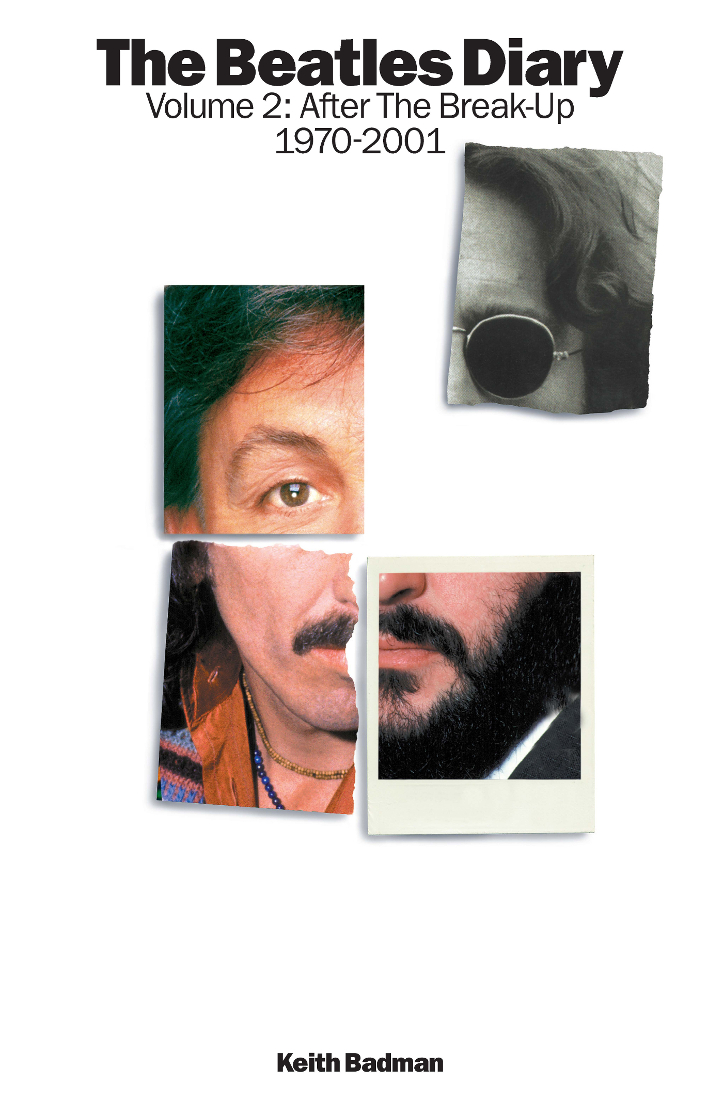
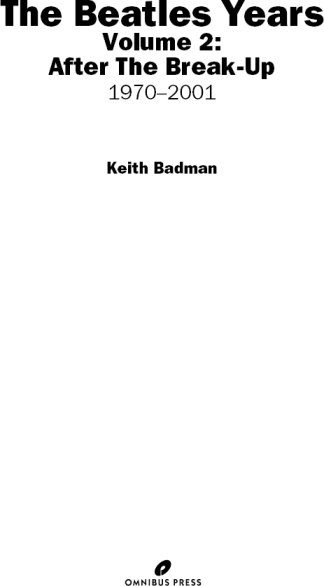
by Miles
One of the more predictable questions at Beatles press conferences was, What will you do when the bubble bursts? They always answered, just as predictably, Well burst with it! Ha! Ha! But it was not the case. Twenty-five years after the group broke up, The Beatles were once more the biggest earning entity in show business, more than the Stones, more than Michael Jackson, more than Bill Cosby or Oprah Winfrey. This was of course because of the Anthology television series, the video set and the three double CDs. But in the intervening years The Beatles had never really gone away: they and their fans behaved as if they still existed. There were none of the usual signs of a long disbanded group: all of their catalogue was always readily available, almost always at full price, and only rarely did their songs appear on Sixties compilations.
When the band broke up there were only one or two books available about them. Now there are more than 400 and new ones are published on an average of one every two weeks. On the Internet there are more Beatles sites than any other music group with over 40,000 pages devoted to them. There are annual Beatles weekends in London, Liverpool, San Diego, Orlando, Los Angeles and other cities. The Beatlefests in Liverpool, New York and Chicago attract more than 10,000 people to watch film clips, hear pundits pontificate and to buy Beatles memorabilia, most of which has been produced since the group broke up. Beatles merchandising has become an industry in itself, with hundreds of dealers doing nothing else but buy and sell the detritus of marketing campaigns, old copies of Radio Times and the occasional rare picture sleeve. Blue chip Beatles memorabilia, especially handwritten lyrics and items relating directly to John, always fetches the highest prices at auction sales.
In America there are a number of 24-hour Beatles stations, playing nothing but songs by the collective and solo Beatles, endlessly, month after month. Hundreds of stations have weekly Beatles shows or Beatles request shows. Yesterday is the worlds most popular song: in 1993, it passed the six million airplay mark in the USA, followed at second most popular by Michelle at four million. Yesterday has also been covered by more than 2,300 other artists. Just one copy of each version would fill a wall of shelves. How can anyone compete with that? Well, Paul McCartney can, of course. At the height of the punk movement, McCartney calmly released Mull Of Kintyre, a sentimental ballad which immediately became the biggest selling single in Britain up to that time selling more than any Beatles record.
There was a time when they hated to be called ex-Beatles; usually stressing the fact that The Beatles was just a band they were once in, and now they were doing something else. Time passed and now they are just The Beatles again. They may have had enormous success with solo careers, but they are Beatles and always will be as long as they live. At Apple and in Beatles circles there was a saying: Nothing is safe from Beatlification and it turns out that The Beatles themselves arent immune from it either.
In the Seventies, the image of The Beatles was frozen in time: the long-haired bickering Beatles of Let It Be and the Saville Row rooftop concert. This gradually changed, as images from all periods of The Beatles career, from the Fab Four, the Four Mop Tops, the Lords of Psychedelia and Sgt. Peppers Lonely Hearts Club Band all intermingled to a composite Beatles, like a collage image of the Sixties from the Kennedy Assassination through Christine Keeler to Man landing on the Moon and a Technicolor Jimi Hendrix playing the guitar with his teeth. The Beatles are a passage from black and white to glorious colour; from the cheeky Northern lads of A Hard Days Night to the sublime psychedelic John Lennon singing I Am The Walrus in Magical Mystery Tour. Not surprising then that they had a bit of an influence over the music scene.
The Beatles sit like a monolith in the middle of popular music history, you cant avoid them. In the early days of pop music there was only one hit parade and they dominated it, year in, year out. These days with the hip-hop charts, the house music and techno charts, charts for rappers and charts for sensitive Canadian lady folksingers it is hard to imagine any one group ever having that dominance again. These days someone can be number one for months and half the record buying public will never have even heard of them because they buy a different type of record.
The Beatles introduced the singer-songwriter, they did the first concept album, they were the first to print their lyrics on the sleeve, they invented stadium rock, they not only had the John Lennon-Paul McCartney songwriting team on board but, astonishingly, had George Harrison as well. Georges Something was described by Frank Sinatra as the greatest love song of the past fifty years and has been covered by such greats as Ray Charles, James Brown and Smoky Robinson. In The Beatles George had to fight to even get a B-side.
They broke up and all went solo. Georges career was the first to take off with the release of his box set All Things Must Pass, the first triple album in rocknroll. Unfortunately for him, in 1976 the big hit single from the set, My Sweet Lord, was deemed (unfairly) by the courts to have more than a passing similarity to The Chiffons Hes So Fine and he forfeited the royalties on that song. In the early Seventies, however, George was riding high, he was the coolest man in rock. He even brought Bob Dylan out on stage for the first time in several years at a benefit concert for the refugees of Bangladesh which George organised at Madison Square Garden. The problem was that George is a slow writer and with his triple album set, he had put all his eggs in one basket. There wasnt much left for the next album or the one after that and his recording career never reached such heights again. George turned instead to films not acting, but producing. His company Handmade Films put 2,000,000 into the Monty Python teams Life Of Brian and made a massive profit. Suddenly George had another career.
John was also fast off the mark. Whereas Paul got married in the full glare of publicity, but honeymooned in private, John had a secret wedding but invited the world press to attend the honeymoon, first at the Amsterdam Hilton then, as he was unable to enter the States, in Montreal where he wrote the memorable peace anthem Give Peace A Chance. John made his private life public, just as in his songs he expressed his most intimate private feelings. He recorded Imagine, an album which is in part hauntingly beautiful John had a fantastic voice and also deeply flawed with its vicious attack on McCartney, How Do You Sleep?. Then in 1971 John moved to New York City, never to set foot in England again. (Even when he obtained a green card and was able to travel again, Yoko was opposed to him returning to Britain.) In New York he fell in with media hucksters and self-styled revolutionaries Jerry Rubin and Abbie Hoffman which resulted in the terrible Some Time ln New York City. For the first time John was writing about things people told him, rather than writing from personal experience, and it showed. His career in the UK effectively ended with that album until his work was reassessed at his death. The album also attracted the attention of Richard Nixon and John soon found himself under FBI surveillance as a dangerous revolutionary when all he really wanted was his green card so he could stay in the country.
Font size:
Interval:
Bookmark:
Similar books «The Beatles Diary Volume 2: After The Break-Up 1970-2001»
Look at similar books to The Beatles Diary Volume 2: After The Break-Up 1970-2001. We have selected literature similar in name and meaning in the hope of providing readers with more options to find new, interesting, not yet read works.
Discussion, reviews of the book The Beatles Diary Volume 2: After The Break-Up 1970-2001 and just readers' own opinions. Leave your comments, write what you think about the work, its meaning or the main characters. Specify what exactly you liked and what you didn't like, and why you think so.

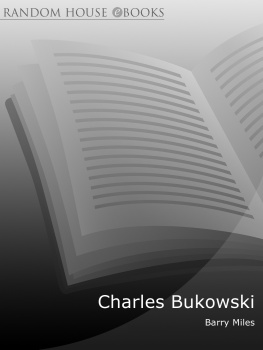
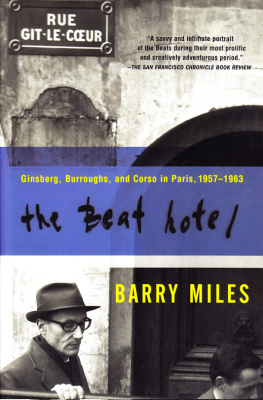
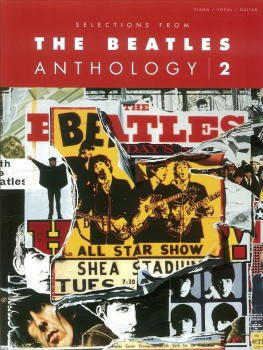
![Lambley - And the Band Begins to Play: [Part9 The Definitive Guide to the Beatles White Album]](/uploads/posts/book/213743/thumbs/lambley-and-the-band-begins-to-play-part9-the.jpg)
![Lambley - And the Band Begins to Play: [Part6 The Definitive Guide to the Beatles Rubber Soul]](/uploads/posts/book/213742/thumbs/lambley-and-the-band-begins-to-play-part6-the.jpg)
![Lambley - And the Band Begins to Play: [Part1 The Definitive Guide to the Beatles Please Please Me]](/uploads/posts/book/213741/thumbs/lambley-and-the-band-begins-to-play-part1-the.jpg)
